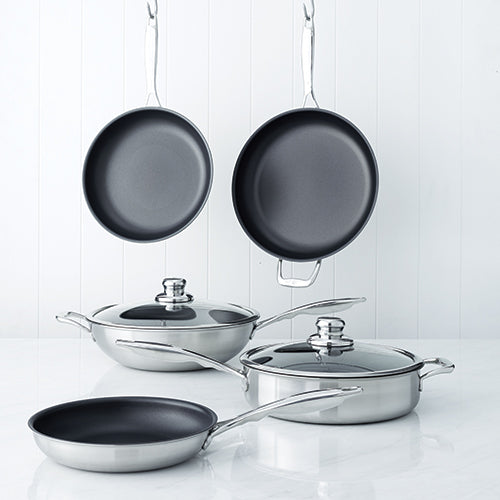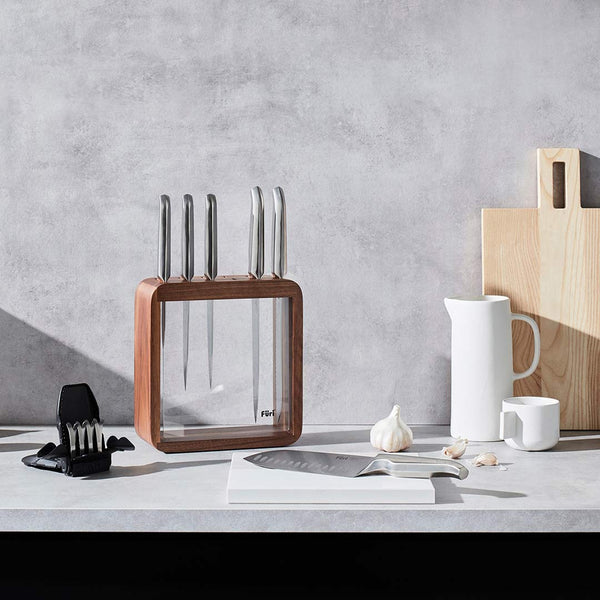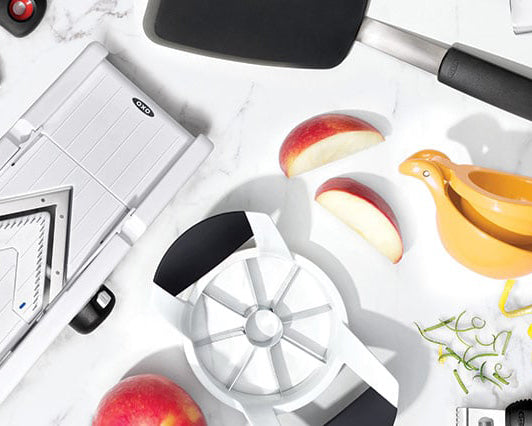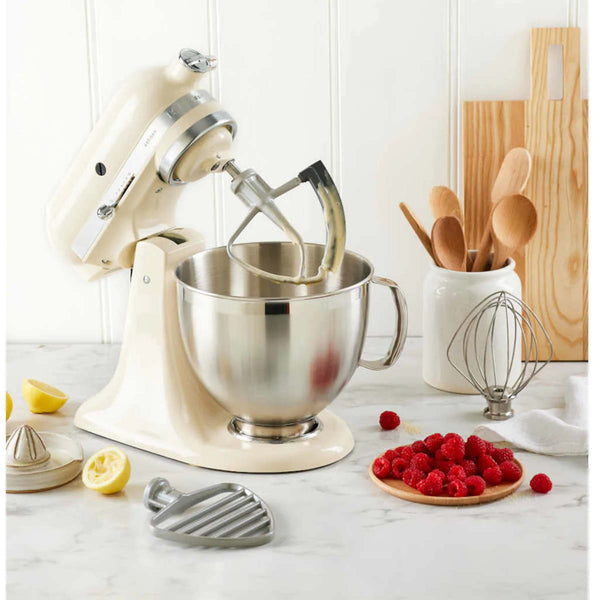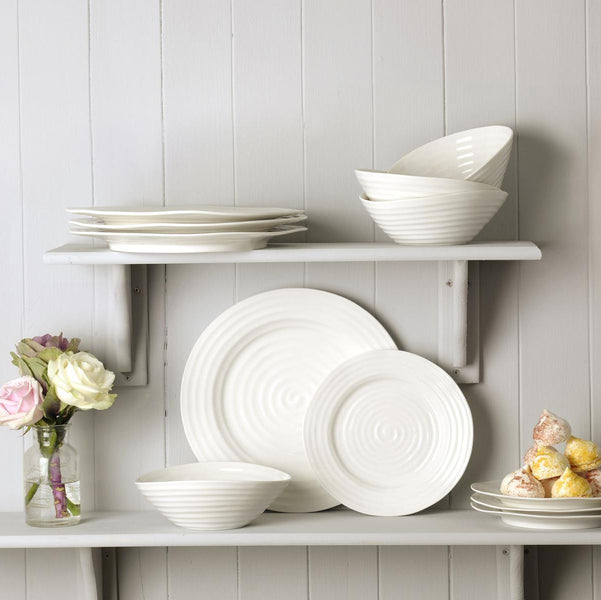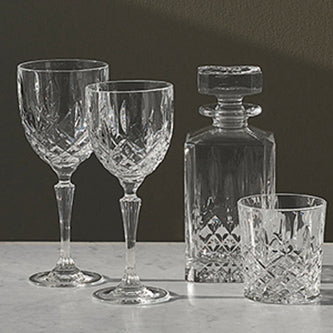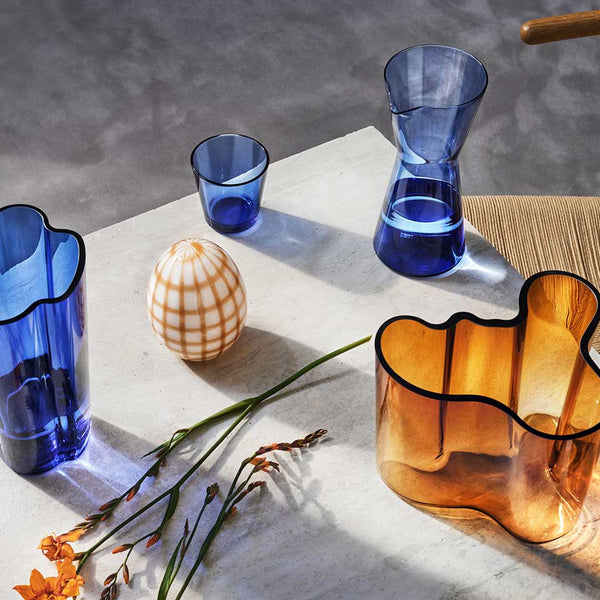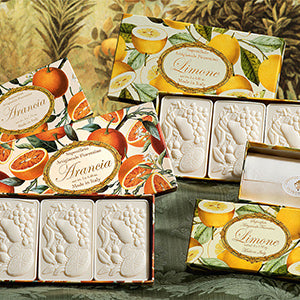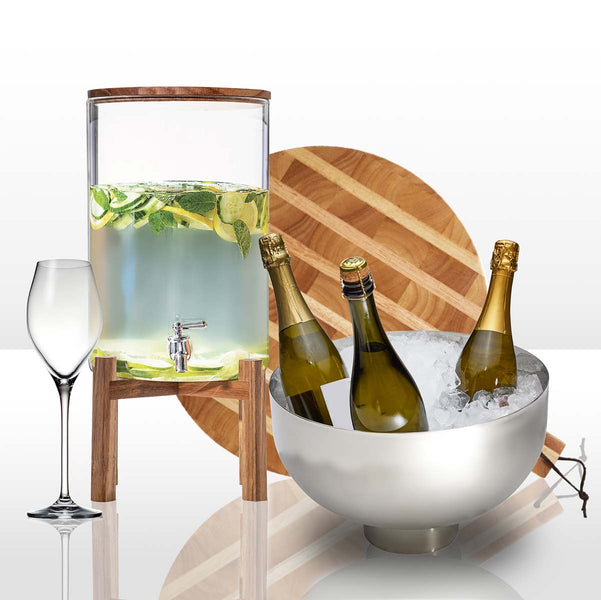
Colour Combinations That Go With Green - Designer Approved
Understanding colour and how to use colour is essential for any home decorator.
The Minimax Colour Guide Series has been developed to help you better understand a range of the most frequently used colours and how they work together in your home.
The green, green grass of home
Green obviously takes its inspiration from nature, but as is the case with any colour, there are hues and tonal variations that can result in a limitless number of colours within the broader green colour palette.
However, before we go off on a green adventure, it’s worth looking at what's known as the 'colour wheel' to better understand how colours actually work together.
Without wanting to go into too much detail, all you really need to know are some basic rules of colour combination and how to apply them.
The colour wheel
The colour wheel was invented in 1666 by Sir Isaac Newton, who first mapped the colour spectrum onto a circle, something that hasn't changed in over 350 years! To be clear, it hasn’t changed since the big bang and is an interpretation of the visible spectrum of light. The most obvious example of the colours visible to the human eye occurs during a rainbow. While the colours of a rainbow are limited to red, orange, yellow, green, blue, indigo, violet, the colour wheel forms the basis of what's known as 'colour theory' and the relationships between different colours.
Colours that look great together are said to be in colour harmony. Designers, artists and painters often use these harmonies to produce a particular look or emotion. Using the colour wheel, you can discover the harmony between colour combinations naturally pleasing to the eye.
Colour combinations
The five main types of colour combinations are complementary, monochromatic, analogous, triadic and tetradic. Let's look at each in a little more detail.
Complementary colours
Notable for its high contrast and high impact colour combinations, complementary colours sit on opposite sides of the colour wheel, resulting in colours that appear brighter and more prominent when combined.
Monochromatic colours
Mixing the hue, shade and tint of one base colour produces a subtle colour combination known as monochromatic. Not just limited to black and white, monochromatic means consisting of a single wavelength of light, according to science. Although colour combinations are muted compared to brighter and bolder complementary colours, combining a single colour with a lighter and darker version offers visual cohesion and a greater range of contrasting tones.
Analogous colours
Another three colour combination, analogous colours sit side by side on the colour wheel. While the combination is quite versatile, it can be a little overwhelming. Select a dominant colour and use the other two colours as accents to balance an analogous colour scheme.
Triadic colours
If you take three evenly spaced colours on the colour wheel, the result is another high contrast colour scheme, but less so than the complementary colour combination. That being said, having three colours will produce a more versatile and vibrant colour palette.
Tetradic colours
Four colours evenly spaced on the colour wheel create Tetradic colour schemes. Again they are bold, with high contrast, but as with analogous colour palettes, they work best if you let one colour dominate while the others support. Just remember, the more colours you have in your palette, the more difficult it is to find the perfect balance.
Playing with colour
So how do you put all of this information into practice?
Start playing with an actual colour wheel and colour combinations. Visit a paint store or local hardware store and grab some colour swatches. Mix and match, and see what strikes you.
Alternatively, you could access an online colour wheel to play around with colour combinations until you find a palette you're happy with.
Green Light
Green was one of those colours that fell out of favour not so long ago. However, recently, green has become increasingly popular again.
Interestingly, greens from the 'natural' world are the most prevalent. Green expresses revival and renewal and the colour of spring as we come out of winter. It's also tranquil and can add a sense of calm and beauty to any room in your home.
It is one of those colours that work with so many other colours and tones and warm and cool hues. Then, of course, nature offers a fantastic choice of shades of green, from sages and limes to teals and mints, to apple, pine, grass, asparagus ferns, leaves and forests… the list goes on.
Let's look at some favourite pairings of complimentary green colours.
Green & Yellow
With a natural affinity with spring, rooms featuring a green and yellow colour palette are fresh, invigorating, and oh so inviting. They're easy on the eyes, and you have the ability to dial-up or down the amount of yellow through accessorising and choice of soft furnishings.
Green & Pink
Trust us, it’s making another comeback thanks to some clever colour pairing techniques. Before you turn away, we’re not talking green walls and a pink roof. Think muted green tones with accents of pink. It's all about finding the right balance between the two colours.
Green & White
Green and white work brilliantly together, as white is such a contrasting colour. But here's a tip. Those more subdued greens such as sage and asparagus will work with both pure white and off white, which can help add a little more warmth to a room.
Green & Orange
Speaking of warmth, how does green and orange sound? It's certainly an exciting combination and can work brilliantly for a room that lends itself to a bit of energy, such as a kids rumpus room. Think about deep phthalo green with a muted tangerine, again in accents or detail to contrast with the green.
Green & Grey
Subtle and beautiful, green and grey are a natural combination. There's even a colour known colloquially as greeny grey! By combining, say, sage green with an ashen cloudy grey, you'll have the perfect combination of neutral contemporary shades that will suit just about any room in your home, particularly bathrooms and kitchens.
Green & Red
Ho, ho, ho. While it may seem a little Christmassy, green and red can work well together for a bolder, warmer look to a room. Of course, don't get too carried away with the red colour. Hints of red will work best as accents throughout the room, such as soft furnishings like cushions or accessories like lampshades and nick-nacks.
Green & Purple
If the world's premier tennis tournament can make these colours work, it must be ok. While they may seem bold together, green and purple can create a feeling of cosiness, particularly in smaller rooms. Think deep shades of green such as forest and combine them with plum and deep purple.
Green & Blue
"Green and blue?" I hear you say incredulously. It can be made to work as long as you get the tones right. Think about dividing the room into three ratios. Let's say that green is 60% of the colour scheme, blue 30% and another accent colour the other 10%. Play around with colour variations on the colour wheel and find a combination that works for you and the room.
Green and Natural Shades and Textures
As green is strongly associated with nature, it makes sense to pair it with natural materials and textures. Practically every shade of green will work beautifully with natural timbers and anything that resembles wood. We recommend pairing lighter greens with darker shades for greater contrast. The same goes for darker greens and lighter timbers.
Designer Approved Green Colour Combinations
Ignore Eiffel 65 because green is a fantastic colour to pair with. For more colour combinations for your home, be sure to check out the Minimax style guide. And don’t forget to peruse our selection of tabletop additions from some of Europe’s top brands.
